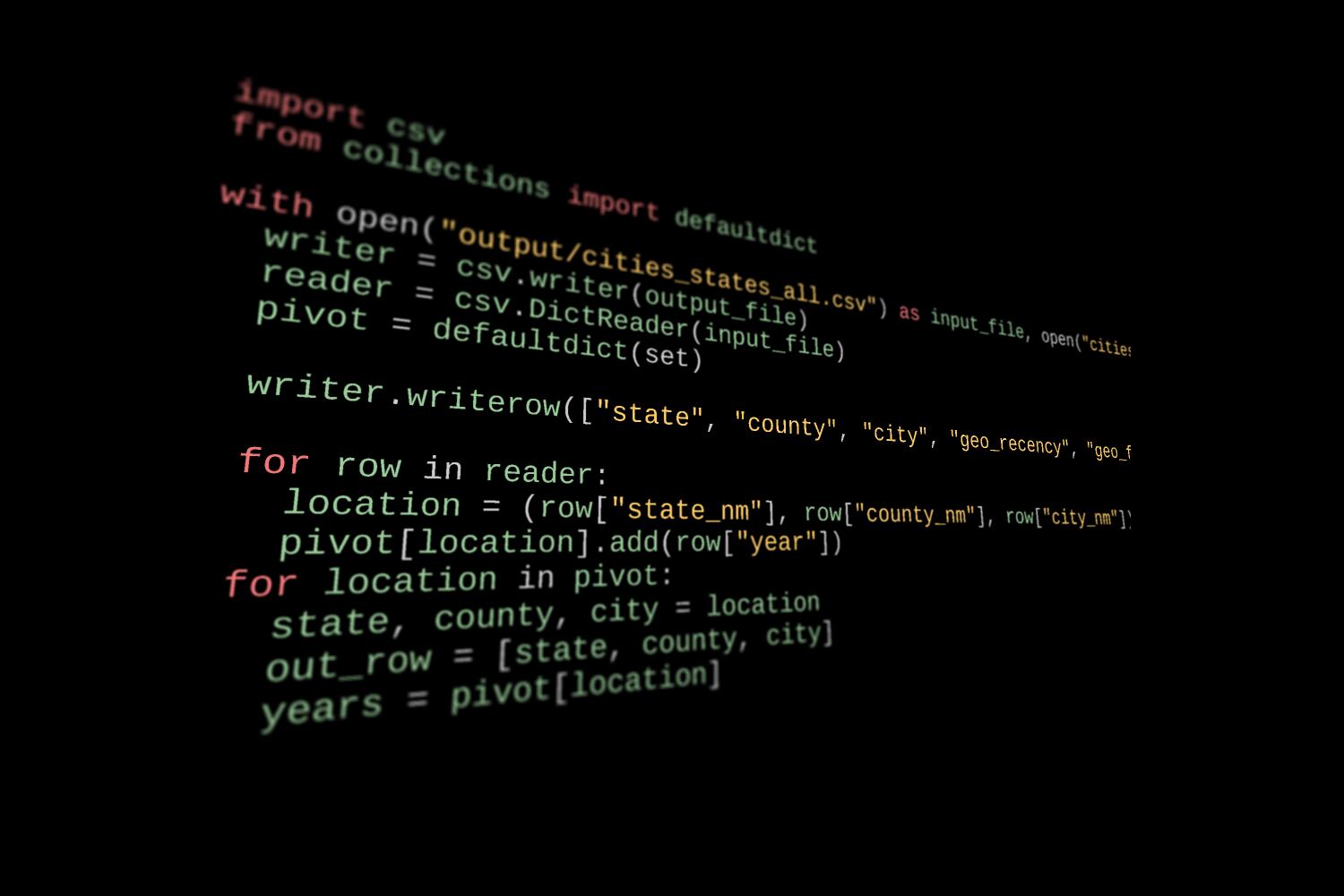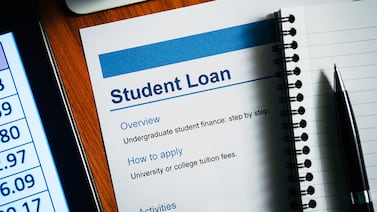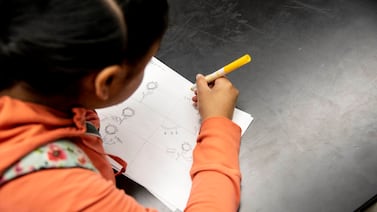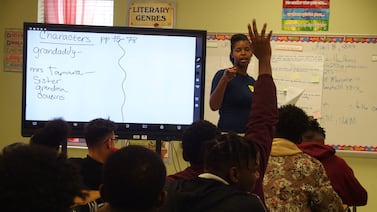This was a year for asking questions. With students firmly ensconced back in physical classrooms, it felt like we were taking stock of the new normal. How bad was COVID learning loss? What will it take to recover? What fresh surprises can we expect from 2024?
This was also the year in which, if you had questions, AI had answers. They were probably wrong, generated from illicit Internet scraping and presented with the boundless confidence of a late-night infomercial — but they were answers, of a sort.
As a human and not a large language model, I can’t always promise answers, although our data team will certainly try to find them. Some problems are complicated, and I believe it’s more important to be precise and correct than to be reassuring. But here are seven questions, and the data stories that answer them, from 2023.
How many certified bilingual teachers work in Chicago?
With Chicago facing an influx of immigrants, how is the district handling new English language learners? A Chalkbeat data analysis found that the answer is complicated: There are now fewer designated bilingual instructors than in the past, mostly due to a decline in part-time positions. But more teachers with a bilingual endorsement are working in general education positions. Our team looked at public and internal staffing data to get a better picture of how staff and students are matching up.
How much is your new Memphis teacher salary?
Most of our team’s work consists of data visualization and analysis. But we’re sometimes able to also provide interactive tools for our readers, as in this story by Laura Testino about the new Memphis salary schedules. Data intern Nadia Bey helped write a calculator embed that takes a teacher’s current salary and education level into account, then computes the new band and how it compares to changes at other salary levels. Nadia also wrote about the development process on the data team blog.
What anti-trans laws are pushing students to Illinois?
As a wave of anti-trans legislation has swept through the country, Chalkbeat Chicago intern Max Lubbers profiled several students who have moved (or are planning to move) to Illinois as a refuge. To provide context for their stories, we downloaded the ACLU’s full list of LGBT-related legislation, and then read through the actual bills — almost 500 of them — to categorize them and find trends in their spread, like the rise of “parental rights” language. The resulting story is not just about Illinois, but also about a wider national movement, and its impacts on vulnerable students.
How does gender segregation affect NYC public schools?
In 17% of NYC high schools, boys outnumber girls by at least 2 to 1, or vice versa. That’s the striking conclusion from a Common Core of Data analysis in this Chalkbeat story by Michael Elsen-Rooney and Kae Petrin, with a deep dive into the selection criteria, history, and possible outcomes. Many of these schools specialize in career and technical education programs like health care or tech, and may reflect — or even contribute to — the corresponding gender gaps in similar careers.
Does staff diversity in Newark match the student body?
Despite New Jersey’s diverse student population, it’s one of the most segregated public school systems in the country. In this story by Catherine Carrera and Jessie Gómez, with data analysis by Nadia Bey, Chalkbeat specifically looked at Newark’s teachers and administrators in the context of its growing Latino population.
Just how bad was COVID’s impact on English language learners?
It’s undeniable that the pandemic affected student test results across the board, but English learners were particularly impacted. Chalkbeat Colorado’s Yesenia Robles looked at passage rates on standardized tests, with data analysis by Kae Petrin, to see just how bad it’s been, and examined how districts are doing about it. As often happens with education, what seem like simple test scores might mask a much more complicated situation, depending on changes in the makeup of the English learner population, participation rates, and changes in student designation.
Were Indianapolis’ Restart charters successful?
Charter schools operate struggling district schools through “turnaround” programs in cities throughout the U.S., including Indianapolis. But researchers and advocates encounter a number of difficulties evaluating exactly how those schools perform after operator changes, shifts in standardized tests, and more. Chalkbeat Indiana’s Amelia Pak-Harvey teamed up with Kae Petrin to dig into how the data picture doesn’t quite match officials’ promised outcomes.






